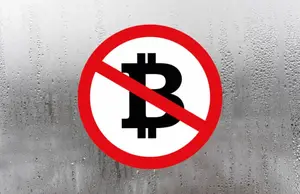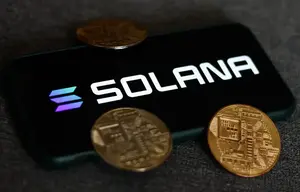Your guide: What is a block in cryptocurrency?
In the context of cryptocurrencies, the word “block” refers to an important part of blockchain technology. You’ll typically hear things like “the Bitcoin blockchain” or “ETH Blockchain”. So, this begs the question, “What is a “block” in cryptocurrency?” It’s your lucky day because today, we’ll answer this question and more. You’ll be able to show off your found knowledge in no time. Keep reading to learn more.
Also read: Blockchain for Beginners: What is it?
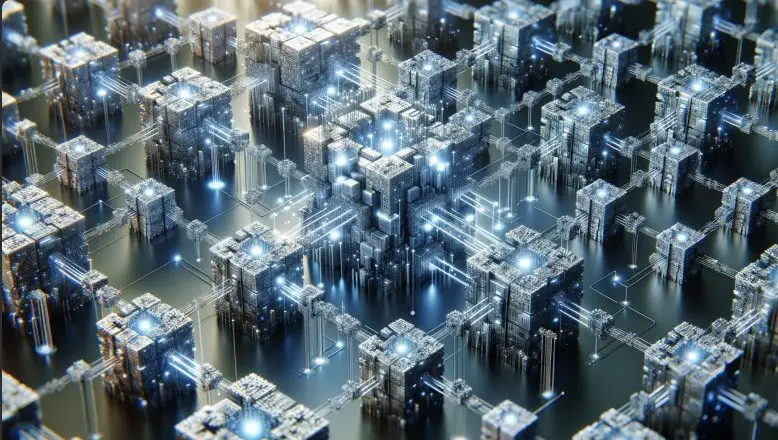
What is a “block” in cryptocurrency?
Blocks are very important for keeping coins’ decentralized structure. Each block is linked to the one before it and filled with transaction data. This makes a chain that goes on forever. The strong framework that this interconnection creates makes the system safer overall.
So, what makes one block different from another in a blockchain?
For starts, the difference is that Ethereum can add a new block in less than a minute, while Bitcoin needs more than ten minutes. This difference in speed between cryptocurrencies affects how well the network works as a whole and how quickly transactions are confirmed.
What’s in a block?
The blockchain can’t work without all of the important parts that make up a block. The most important parts of a block are listed below:
- The block header has information that helps identify the block and gives an overview of what’s inside the block.
- Transaction Data: All the events that happened when the block was made are in this part, which is what it’s mostly made of.
- Timestamp: This tells the blockchain what time the block was created, which gives it a chronological context.
- A nonce, which is a random number, is used by the mining process to make a hash that meets the network’s difficulty goal.
- The previous block hash links the current block to the block that came before it. This keeps the chain safe and unbroken.
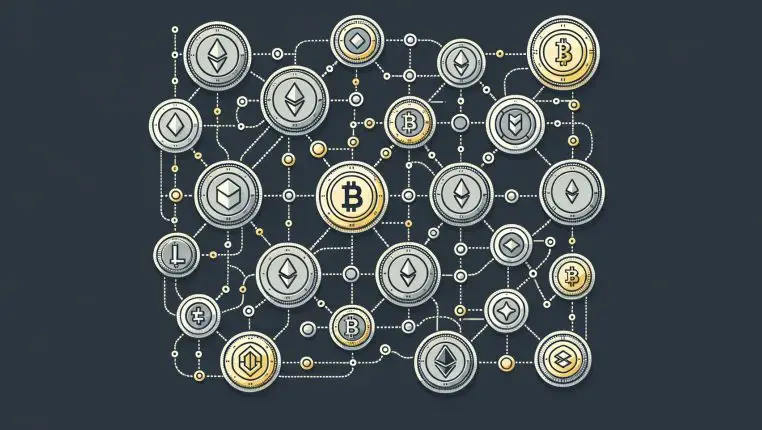
What are hash Functions?
Hash functions are also an important part of block creation. They take the data in a block and turn it into a hash, which is a string of letters with a set length. As the block’s unique ID, this hash makes sure that any changes to the block’s data would result in a completely new hash. In Bitcoin, this is done with the SHA-256 formula.
This type of cryptography makes sure that the blockchain is honest because anyone trying to change the data will be able to tell. After all, the hash value will change. In this way, hash functions not only protect the data but also improve the blockchain’s overall trustworthiness.
How to Add a Block to the Blockchain?
The process of mining for new blocks
One miner or a small group of miners work alone to try to solve cryptographic puzzles that verify transactions and add new blocks to the blockchain. This is called “solo mining.” Miners are competing to be the first person to figure out the proof-of-work puzzle, which is a hard math problem.
Using confirmations to check transactions
It takes time for the events in a block to be approved after it is added to the blockchain. A transaction is considered confirmed when it shows up in a block that is added to the chain. The more confirmations a deal gets, the safer it is thought to be. For example, to be sure that a Bitcoin transaction can’t be undone, you should wait for six confirmations.
To keep the Bitcoin network safe and to stop people from spending the same Bitcoin twice, this multi-confirmation process is necessary. It gets harder for bad people to change transaction records because each confirmation adds another layer of security.
What Blocks Mean in Cryptocurrency?
Keeping people safe and trusting
In the world of cryptocurrencies, blocks are important for building trust. Through cryptography and a decentralized network of nodes, the blockchain makes sure that all events are clear and can’t be changed. One of the main reasons why cryptocurrencies are becoming more popular as an alternative to traditional banks is that they are very safe.
Also, no one group can control the whole network because blockchain technology is independent. Because of this, fraud and manipulation are less likely to happen, making deals with cryptocurrencies safer.
In favor of decentralization
Decentralization is one of the main ideas behind cryptocurrency. By sending information to many nodes, the blockchain makes sure that there isn’t just one point of failure. This makes the system less likely to break down or be attacked. Blocks help make this possible because they are separate pieces of data that make up the whole blockchain.
Different cryptocurrencies, like Proof of Work and Proof of Stake, use different agreement mechanisms that help with this decentralization even more. By requiring many nodes to work together, these mechanisms make sure that blockchain choices are made by a group of people instead of just one person.
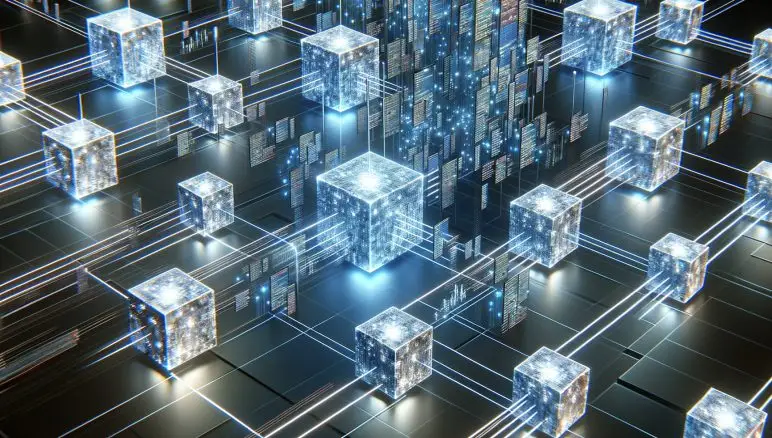
Various blocks
Blocks Often Used
Blockchain networks use standard blocks more than any other type of block. When they are mined, they are added to the chain and contain transaction info. These blocks are very important for keeping the blockchain’s security because they make sure that every transaction is recorded and checked.
Lots of orphan blocks
People make blocks that aren’t part of the main blockchain. These are called “orphan blocks.” If two miners solve a block almost at the same time, the blockchain may split for a short time. In the end, only one block will be added to the main chain, even though both can be valid. The other block and all of its transactions become “orphan blocks.”
Also read: TON Blockchain to Expand in the US
Blocks With Nothing Inside
“Empty blocks” are mined blocks that don’t have any operations on them. Miners may make empty blocks to keep the network fast and efficient, especially when the number of transactions is low. These blocks help keep the blockchain safe and up to date, but they don’t help with handling transactions.
Energy Usage
In Proof-of-work systems, mining needs a lot of processing power, which means it uses a lot of energy. This has made people worry about how digital currencies like Bitcoin hurt the earth. The fact that the amount of energy needed to run the network goes up as the number of transactions starts conversations about more eco-friendly choices.
The Future of Blockchain in Cryptocurrency
As blockchain technology keeps getting better, it will likely change the way of cryptocurrency blocks in the future. Problems with scalability and efficiency are being looked into, and possible answers include sharding, layer-2 protocols, and different consensus algorithms. The goal of these changes is to make blockchain networks work better without compromising their security or independence.
Combining traditional systems
More and more, blockchain technology is being added to traditional banking systems as cryptocurrencies become more popular. By mixing the good things about decentralized and centralized approaches, it may be possible to make hybrid systems that make the whole user experience better.
Conclusion
To sum up, it’s important to know what a coin block is to understand the bigger ideas behind blockchain technology. The blocks that make up the blockchain are what make deals safe and open while keeping the network’s integrity. As the Bitcoin environment changes, blocks will still be very important in deciding the direction of digital money.




